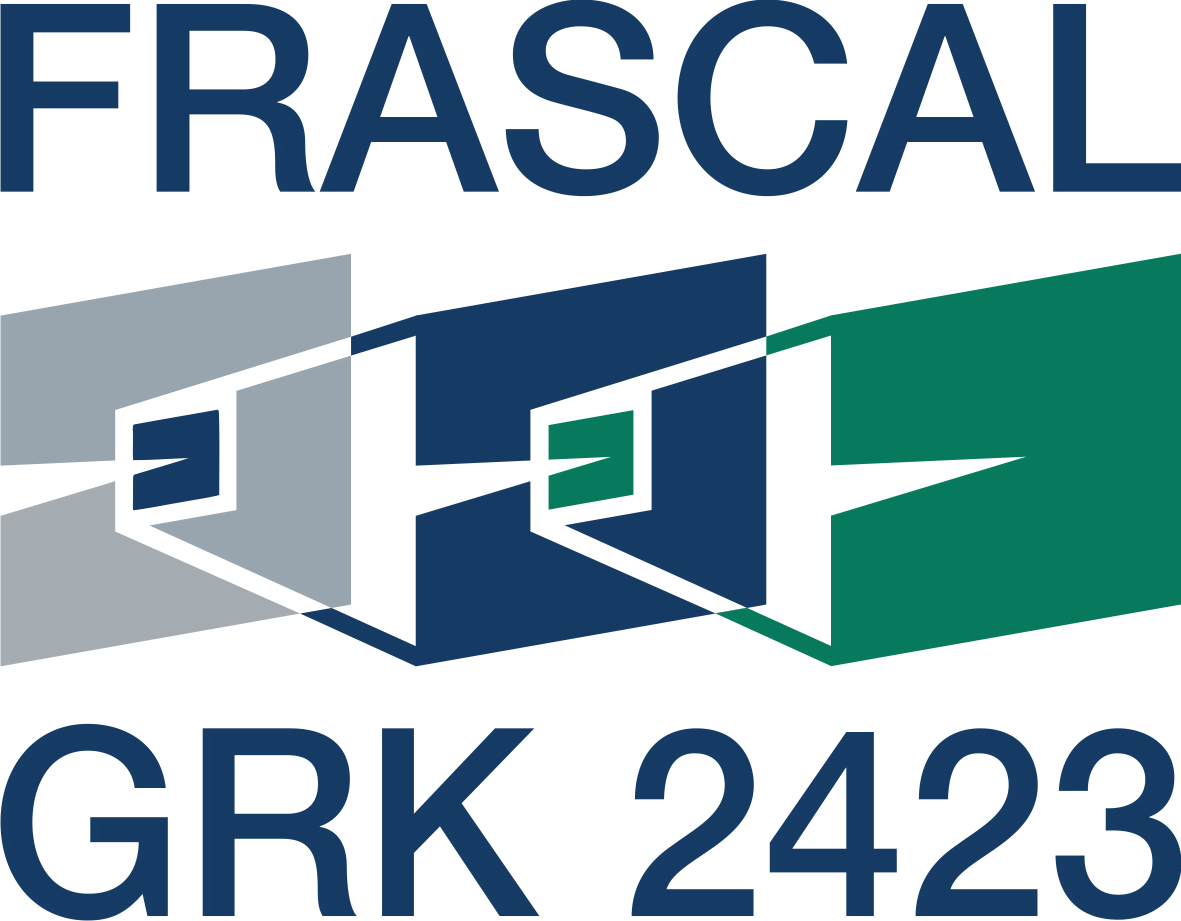P11 – Fracture Control by Material Optimization
 Motivation
Motivation
In previous works, e.g. (Prechtel, et al., 2011), the dependence of failure mechanisms in composite materials like debonding of the matrix-fibre interface or fibre breakage have been discussed. The underlying model was based on specific cohesive zone elements, whose macroscopic properties could be derived from DFT. It has been shown that the dissipated energy could be increased by appropriate choices of cohesive parameters of the interface as well as aspects of the fibre. However due to the numerical complexity of applied simulation methods the crack path had to be fixed a priori. Only recently models allow computing the full crack properties at macroscopic scale in a quasi-static scenario by the solution of a single nonlinear variational inequality (Leugering, Prechtel, Steinmann, & Stingl, 2013) for a given set of material parameters and thus model based optimization of the fracture properties can be approached.
Objectives
The goal of the project is to develop an optimization method, in the framework of which crack properties (e.g. the crack path) can be optimized in a mathematically rigorous way. Thereby material properties of matrix, fibre and interfaces should serve as optimization variables.
Work plan
Based on (Prechtel, et al., 2011), (Leugering, Prechtel, Steinmann, & Stingl, 2013) a quasi-static model for the simulation of crack path networks for a matrix and a given set of anisotropic inclusions (fibres or particles) is proposed. Irreversibility of the cracks leads to a variational inequality over a convex set, for the solution of which a numerical algorithm is developed. The mathematical structure of the material-to-state-map is analysed and regularization schemes are formulated, which guarantee a sufficiently smooth dependence of the crack path on the material parameters. An optimization framework with adaptive control of the regularization parameter is suggested. Apart from the crack energy, more general objectives like crack path tracking are investigated. Existence of solutions and numerical approximations schemes are studied. Later the crack model developed in (Prechtel, et al., 2011) is replaced by more advanced models, e.g., from projects P3 and P6. Based on these material parameters can be optimized across scales while properties of inclusions are directly calculated from their structure at smaller scales.
[1] M. Prechtel, P. L. Ronda, R. Janisch, A. Hartmaier, G. Leugering, P. Steinmann and M. Stingl, “Simulation of fracture in heterogeneous elastic materials with cohesive zone models,” International Journal of Fracture, vol. 168, no. 1, pp. 15-29, 2011.
[2] G. Leugering, M. Prechtel, P. Steinmann and M. Stingl, “A cohesive crack propagation model: mathematical theory and numerical solution,” Communications on Pure and Applied Analysis, vol. 12, pp. 1705-1729, 2013.
